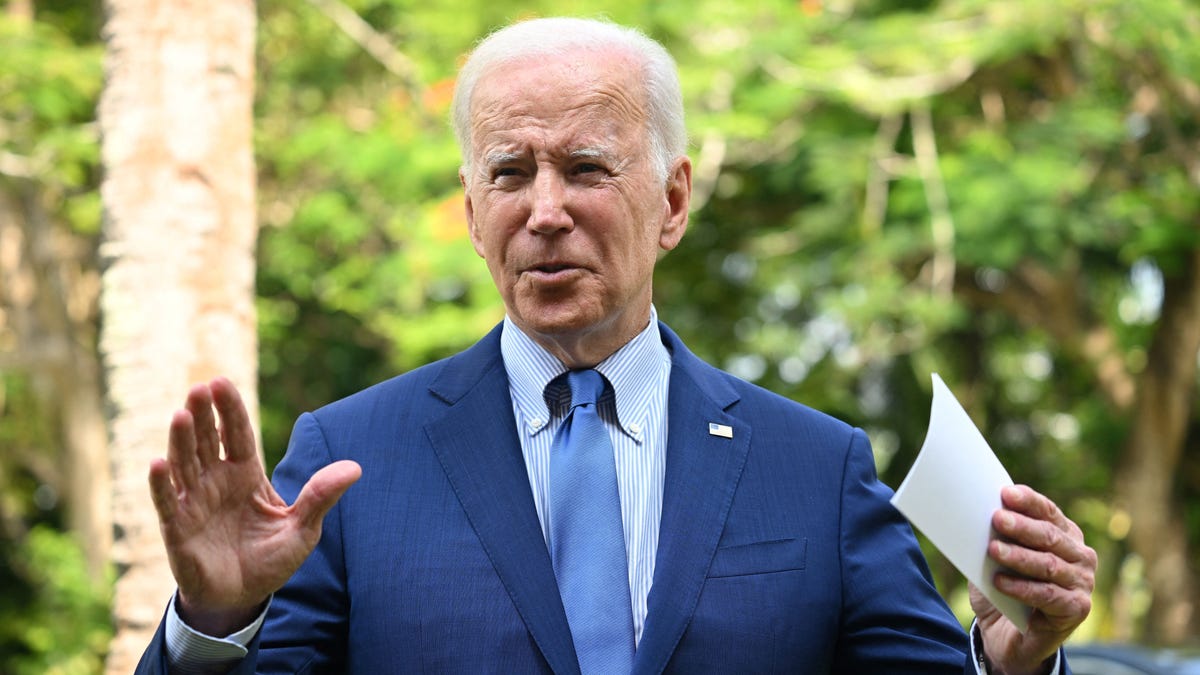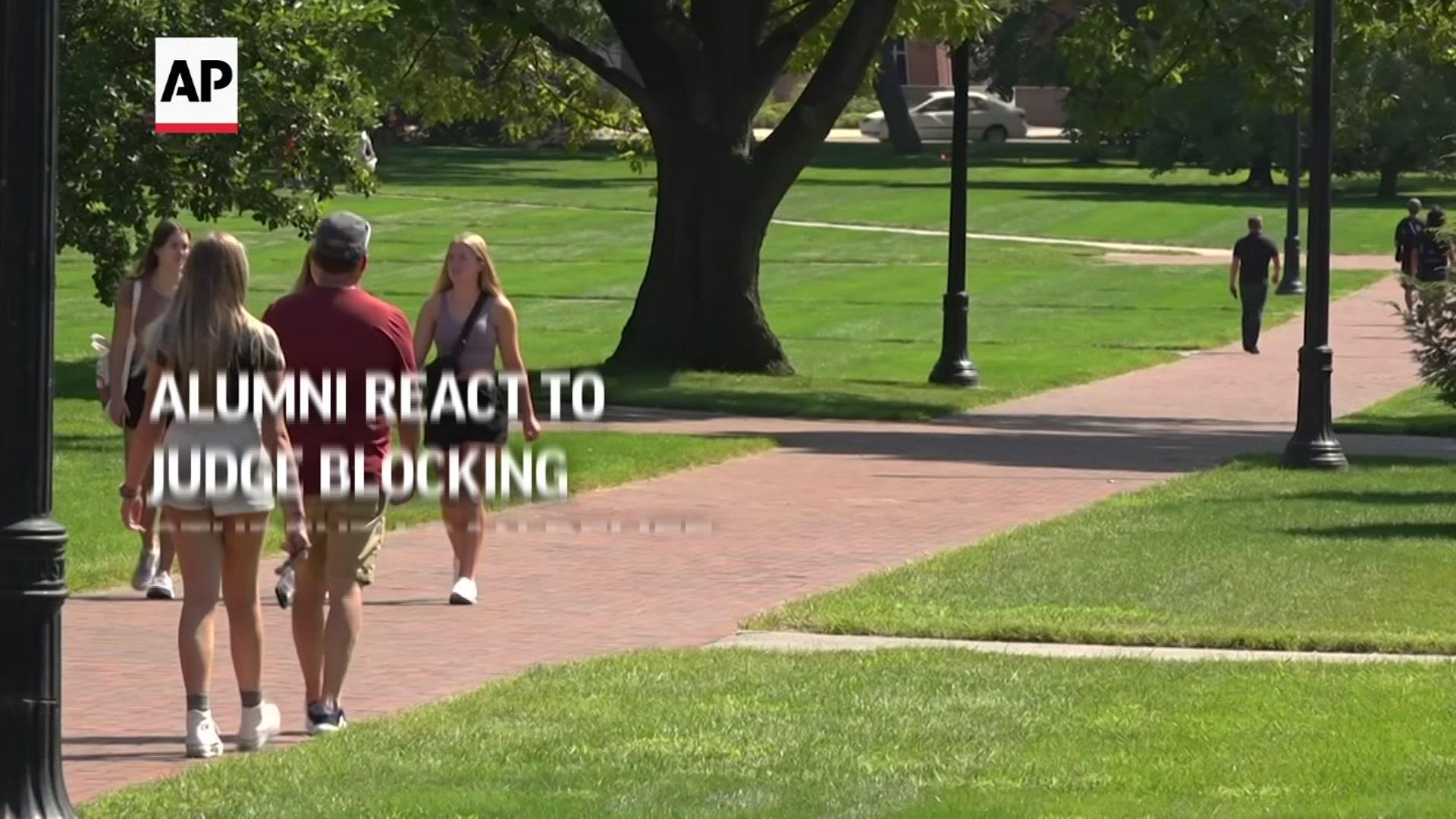

Alumni react to judge blocking student loan relief
A Texas judge on Thursday (Nov. 10) blocked President Biden’s plan to provide millions of borrowers with up to $20,000 in federal student-loan forgiveness. (Nov. 11)
AP
- Biden is asking an appeals court to pause a lower court’s decision on his student loan program.
- The administration signaled Thursday that it would appeal the issue to the Supreme Court.
WASHINGTON – President Joe Biden’s administration on Thursday asked a federal appeals court to intervene in a legal battle over its $400 billion student loan forgiveness program – the latest development in a case the administration said it will appeal to the Supreme Court..
As expected, the administration asked the New Orleans-based U.S. Court of Appeals for the 5th Circuit to temporarily hold a lower court’s ruling last week that found the Department of Education exceeded its authority with the debt forgiveness program.
“This court should not permit the elimination of debt relief to so many Americans in need based solely on two individuals’ claim that the program did not go far enough,” the Department of Education told the appeals court in a brief Thursday.
The Biden administration said it intends to appeal the issue to the Supreme Court. That emergency request would appeal a separate ruling from the St. Louis-based U.S. Court of Appeals for the 8th Circuit, which has also blocked the program.
What’s next: Is student loan forgiveness dead? Hope dwindles, but Biden has options
Policy: With student loan forgiveness in courts, here’s how feds are still erasing debt
In the 5th Circuit case, U.S. District Judge Mark Pittman ruled Nov. 10 that the debt relief effort violated the law and he blocked its implementation nationwide. The suit was filed by the conservative-leaning Job Creators Network Foundation, which describes itself as “a nonpartisan organization founded by entrepreneurs who believe the best defense against bad government policies is a well-informed public.”
“In this country, we are not ruled by an all-powerful executive with a pen and a phone,” Pittman wrote. “Instead, we are ruled by a Constitution that provides for three distinct and independent branches of government.”
It is that decision that the Biden administration requested be put on hold Thursday.
The government said Pittman’s order forces it to make a “perilous choice,” either restarting federal loan payments that have been suspended during the pandemic “and initiating the cascade of harms” that would cause, or extending the temporary pause on those payments, which “would cost the government several billion dollars per month.”
In a separate case, the 8th Circuit on Nov. 14 granted an injunction to halt the program sought by six Republican-led states that argued Biden exceeded his authority when he cited COVID-19 as a national emergency to cancel student loan debt for millions. It isthe 8th Circuit’s decision that could be appealed relatively quickly to the Supreme Court.
Associate Justice Amy Coney Barrett has twice batted away other suits aiming to halt the loan forgiveness. Those suits were rejected by lower courts because the parties challenging the program lacked standing – or sufficient injury caused by the forgiveness plan that would allow them to sue in federal court.
Biden signed an executive order in August to grant the debt forgiveness, fulfilling a campaign promise sought by young voters and progressives.
The president created the debt relief plan under the HEROES Act, which was passed after 9/11 sparked an American-led military campaign against terrorism. The act gave the administration authority to forgive student loan debt in association with military operations or national emergencies. The White House cited the COVID-19 pandemic as the national emergency to invoke invoking the law.
Under the president’s plan, borrowers would be eligible for up to $10,000 or $20,000 in debt relief, depending on their income and whether they received a Pell Grant in college. Borrowers must earn less than $125,000 a year or reside in households that make no more than $250,000. As many as 40 million people would qualify for Biden’s plan, and some would see their entire balance erased.
Contributing: Joey Garrison
